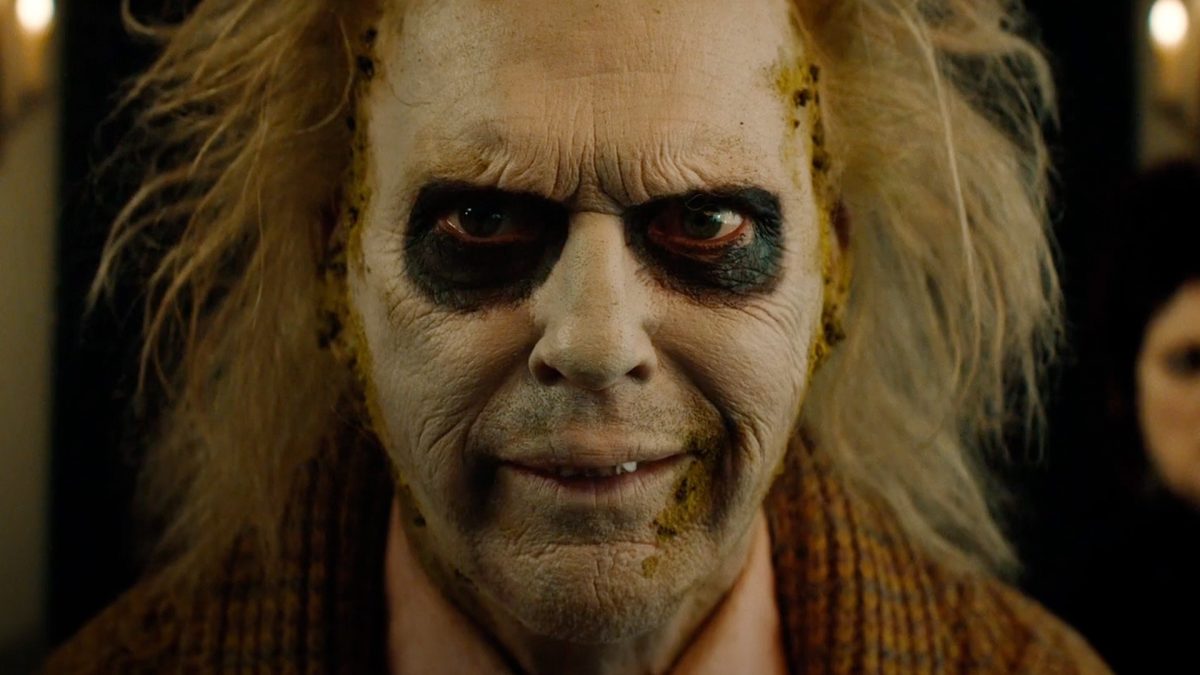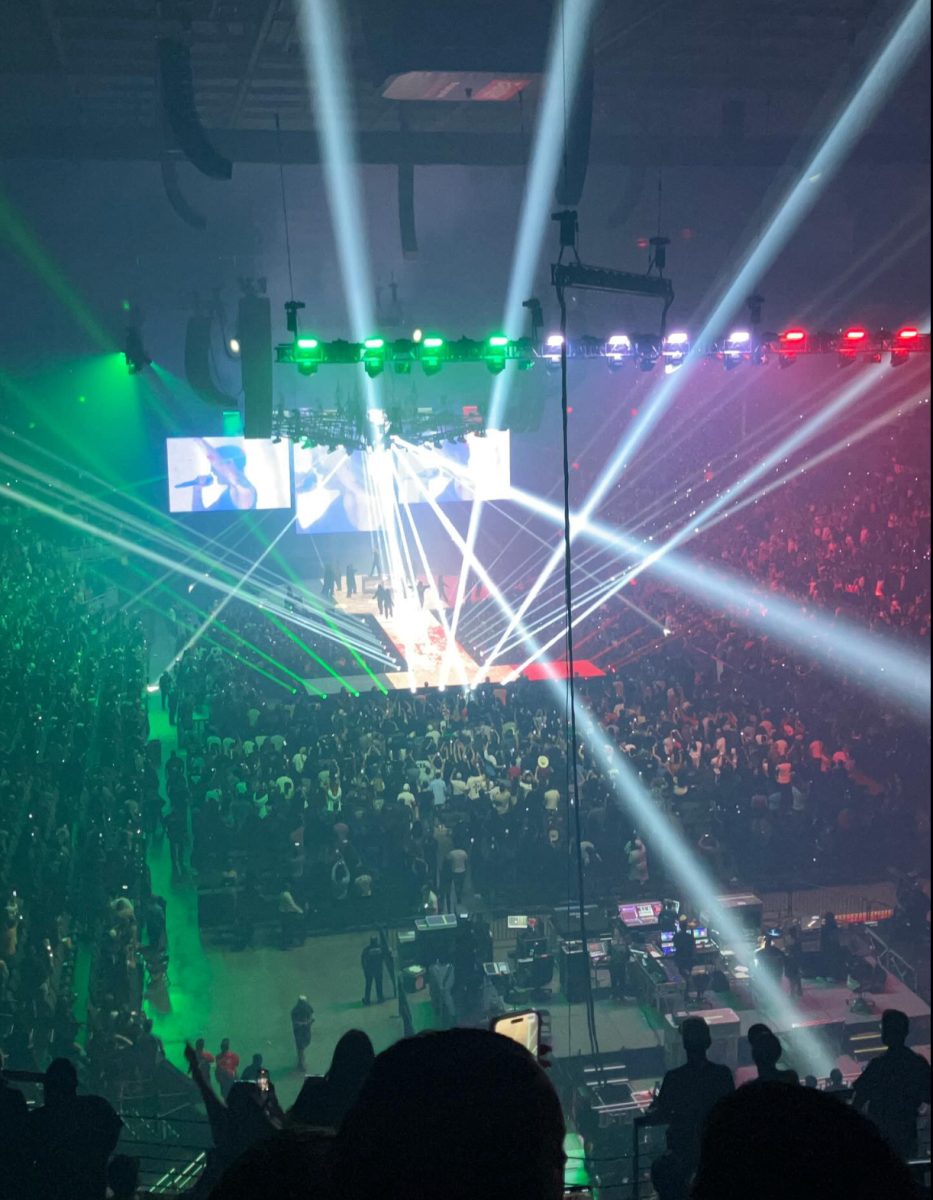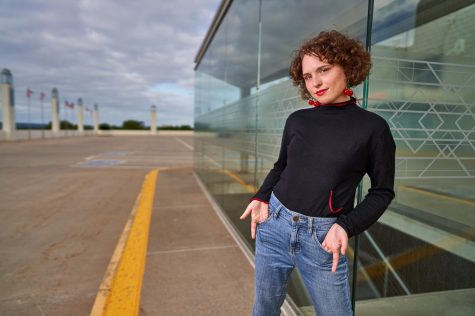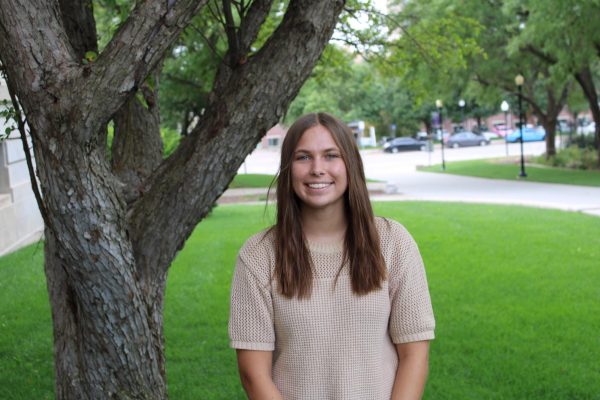Lack of representation of non-normative bodies in the media affects young girl’s self image
March 4, 2021
Let’s face it. It’s a challenge being a young woman. Society’s perceptions of us mixed with the perceptions we have of ourselves get jumbled up inside to create a warped, often poor, self-image. Especially in this era of media inundation, our self-image is crafted in large part by the representation of people who look like us on screens. It’s a lot to try to reconcile with. Now, imagine if we never saw someone who looked like us at all. How would we derive our self-image? Would we even have one?
Growing up, these questions, among others, rattled around in my mind constantly. I grew up as a sick kid, substituting playtime for physical therapy, learning to walk properly after months in bed at a time. I had a triple organ transplant at three, cancer at four, and a feeding tube for two years after that. Needless to say, the conventional beauty standards haven’t applied to me since my toddler years.
My whole pre-teen and teenage life, I watched films and television shows and thought, “Where am I?” Never before had I seen a girl with a subway map of scars on her body get the guy of her dreams. I had never seen a girl who used a walker be the prom queen. I never saw my story reflected back at me, so I didn’t know how to create my own story. I didn’t know that good things could happen to people who looked like me, because I had never seen it done before.
At 17 years old, those insecurities are still with me. But now, they’re buried under a layer of self-esteem. Instead of sitting idly by and wondering why there’s a lack of representation for women with non-normative bodies and disabilities in the media, I have started to take the next steps towards change.














